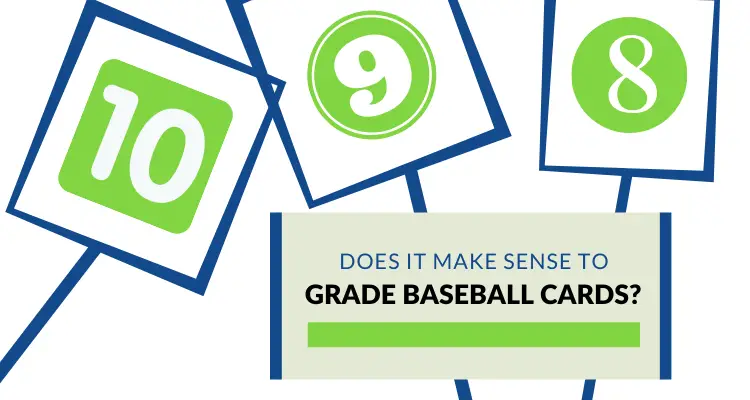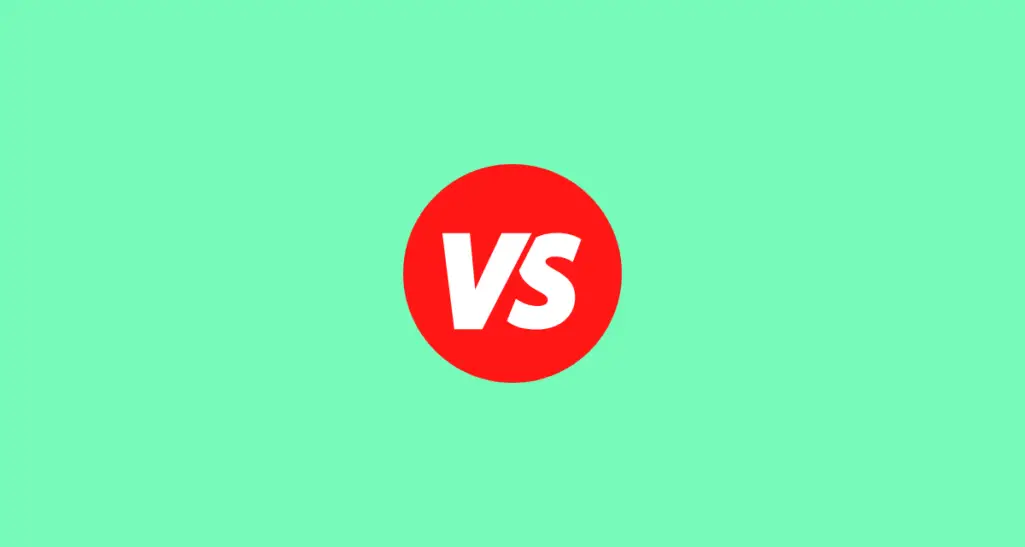Affiliate Disclosure: This post contains affiliate links. As I am a part of the eBay Partner Network and other programs, if you follow these links and make a purchase, I’ll receive commission. As an Amazon Associate, I earn from qualifying purchases.
@ballcardgenius Replying to @catmanjoe720 #greenscreen great question. Here is my understanding of upcharges and why when it happens is both good and bad.
♬ original sound – ballcardgenius
Simply, declared value is an estimate of how much your card will be worth after it has been graded. So, for example, if I have a 1980 Topps Larry Bird/ Magic Johnson/Julius Erving card that I think will grade at a PSA 8, I’ll check comps and will see that the 60-day average (according to Market Movers) is about $2,500 for that card.
The grading level you “purchase” when submitting might be upcharged if you declare the value of the card too low when doing so.
So, the fact that you aren’t charged for cards up front upon submission because when submitting, you may declare a lesser value than what the card actually turns out to be worth.
In which case, say I submit at the regular service level, but this card’s value exceeds that $1,499 threshold, I may be upcharged to a higher service level.
As PSA notes, a true declared value is important when it comes to “insurance” and “replacement value”:
“In such a case, declared value is taken into consideration when determining a proper replacement value. Submitting a low declared value would be like undervaluing your home to get a lower insurance premium. You are not tricking the insurance company into lower premiums, but rather accepting inferior protection in the unlikely event of an issue.”
PSA charges you for your submission after your order has been graded and shipped back to you. Meaning, while you provide your payment info when you fill out your submission request, you aren’t actually charged until the process has been completed.
For example, my 1-card package at the “regular” service level was received by PSA on 8/29/22. My grade was available for viewing on 9/7/22, which was the same day the card was shipped back to me. I was charged the next day, on 9/8/22.
Pretty straightforward, but I see this question about when PSA actually charges you for your order submission a lot, and it’s a good one. With so many people grading cards, and the fact that the transaction process is a little different than one might expect, it’s definitely something that needs more explaining.
What makes the situation unique is when you purchase something, you expect to have to pay right then and there. Buying cards from an online card store? You pay and receive your cards. Making a scale of a larger purchase? You might not pay everything, but you put a little down, and you set up payment terms for the rest of it.
But the cost of grading a card through PSA might only be $50, so what gives?
Also, though, people often submit large or costly orders. If being charged upfront, a lot of money would be tied up in cards they might not receive back for months and months.
Last, PSA must authenticate your card and ensure it’s one they can grade before they actually grade it. Meaning, some cards re returned to the submitters, and I’m guessing not charging upfront helps alleviate some of that headache.
Bad news: I got upcharged for my PSA order.
— Rip City Stacks (@ripcitystacks) April 15, 2022
Good news: I got upcharged for my PSA order. pic.twitter.com/Lf11X8pdx2



